Buy the photo Kloveniersburgwal in the evening. by Don Fonzarelli on canvas, ArtFrame, poster and wallpaper, printed on demand in high quality.
About "Kloveniersburgwal in the evening."
by Don Fonzarelli
About the artwork
Kloveniersburgwal in the evening. Seen from the side of the Raamgracht towards Russia. The Kloveniersburgwal was dug at the end of the 15th century, from the Sint Antoniespoort (now the Waag on the Nieuwmarkt) to the south, where it opened onto the Amstel. A city wall was built on the city side (the west side), with three small wall towers and the great wall tower: Swych Utrecht (1481). Bordering the wall were mainly gardens and orchards, and the Bethaniënklooster. This can be clearly seen on Cornelis Anthonisz.'s 1544 bird's eye view map. With the Geldersekade and the Singel, the Kloveniersburgwal formed the city moat around the city. After the Nieuwe Gracht (today's Oudeschans) was dug and new city walls were built, the Kloveniersburgwal lost its function as a defensive moat. The old city wall was demolished and houses were built. The Kloveniersburgwal owes its name to a section of the militia called kloveniers, after the firearm the men used, a field hose. In French, this was called a couleuvrine. The kloveniers met in the Kloveniersdoelen next to 'Swijgh Utrecht', on the corner of Kloveniersburgwal and Nieuwe Doelenstraat. Later, their group portrait, The Night Watch, also hung here. Swijgh Utrecht was almost completely demolished in 1882; the Doelen Hotel was built here. Source: Wikipedia

About Don Fonzarelli
Don Fonzarelli is a photographer and musician born and raised in the city of Amsterdam in the Netherlands. Don Fonzarelli is the alias of Fons van der Wielen(1961).. Read more…
 Netherlands
Netherlands Ordered in December 2021
Ordered in December 2021
 Germany
Germany Ordered in January 2023
Ordered in January 2023
 Germany
Germany Ordered in March 2023
Ordered in March 2023
 Germany
Germany Ordered in August 2021
Ordered in August 2021
 Germany
Germany Ordered in March 2021
Ordered in March 2021
 Netherlands
Netherlands Ordered in November 2021
Ordered in November 2021
 Germany
Germany Ordered in September 2025
Ordered in September 2025
 Germany
Germany Ordered in August 2023
Ordered in August 2023
 Netherlands
Netherlands Ordered in February 2018
Ordered in February 2018
 Germany
Germany Ordered in May 2020
Ordered in May 2020
 Germany
Germany Ordered in February 2024
Ordered in February 2024
 Netherlands
Netherlands Ordered in August 2021
Ordered in August 2021
About the material
ArtFrame™
Interchangeable Art Prints
- High-quality print
- Easily interchangeable
- Acoustic function
- Large sizes available
Discover the artworks of Don Fonzarelli
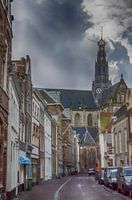 A view at the St Bavo Church in Haarlem.Don Fonzarelli
A view at the St Bavo Church in Haarlem.Don Fonzarelli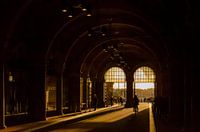 Rijksmuseum Passage Amsterdam.Don Fonzarelli
Rijksmuseum Passage Amsterdam.Don Fonzarelli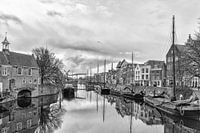 Delfshaven.Don Fonzarelli
Delfshaven.Don Fonzarelli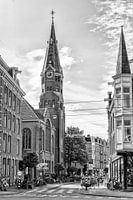 The Orange Church in AmsterdamDon Fonzarelli
The Orange Church in AmsterdamDon Fonzarelli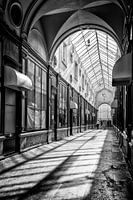 The Glazen Straatje in Ghent(B)Don Fonzarelli
The Glazen Straatje in Ghent(B)Don Fonzarelli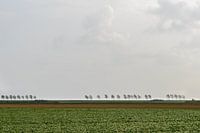 Zeeland.Don Fonzarelli
Zeeland.Don Fonzarelli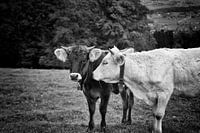 LoveDon Fonzarelli
LoveDon Fonzarelli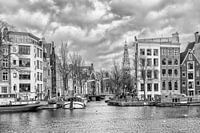 The Groenburgwal from the Amstel River in Amsterdam.Don Fonzarelli
The Groenburgwal from the Amstel River in Amsterdam.Don Fonzarelli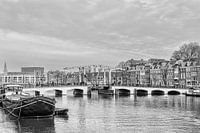 The Skinny Bridge in Amsterdam (2)Don Fonzarelli
The Skinny Bridge in Amsterdam (2)Don Fonzarelli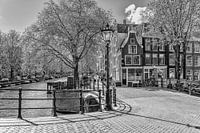 Reguliersgracht corner Prinsengracht in Amsterdam.Don Fonzarelli
Reguliersgracht corner Prinsengracht in Amsterdam.Don Fonzarelli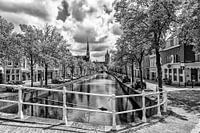 Noordeinde Delft.Don Fonzarelli
Noordeinde Delft.Don Fonzarelli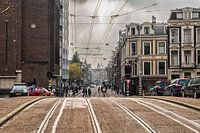 The entrance to the Pijp in Amsterdam.Don Fonzarelli
The entrance to the Pijp in Amsterdam.Don Fonzarelli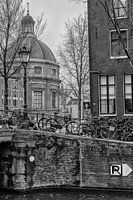 View of the Dome Church(black and white).Don Fonzarelli
View of the Dome Church(black and white).Don Fonzarelli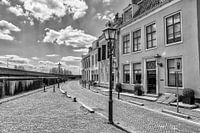 Along the shore in Wijk bij Duurstede Don Fonzarelli
Along the shore in Wijk bij Duurstede Don Fonzarelli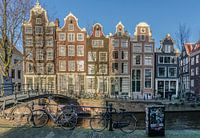 Amsterdam facades on Brouwersgracht.Don Fonzarelli
Amsterdam facades on Brouwersgracht.Don Fonzarelli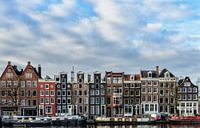 Facades along the Amstel River in Amsterdam.Don Fonzarelli
Facades along the Amstel River in Amsterdam.Don Fonzarelli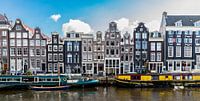 Facades on the Singel Canal in Amsterdam.Don Fonzarelli
Facades on the Singel Canal in Amsterdam.Don Fonzarelli A Swiss cow in the meadow near Mount Pfannenstiel near Zurich.Don Fonzarelli
A Swiss cow in the meadow near Mount Pfannenstiel near Zurich.Don Fonzarelli The Westerschelde at Vlissingen.Don Fonzarelli
The Westerschelde at Vlissingen.Don Fonzarelli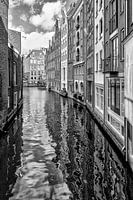 From the Spooksteeg in Amsterdam.Don Fonzarelli
From the Spooksteeg in Amsterdam.Don Fonzarelli
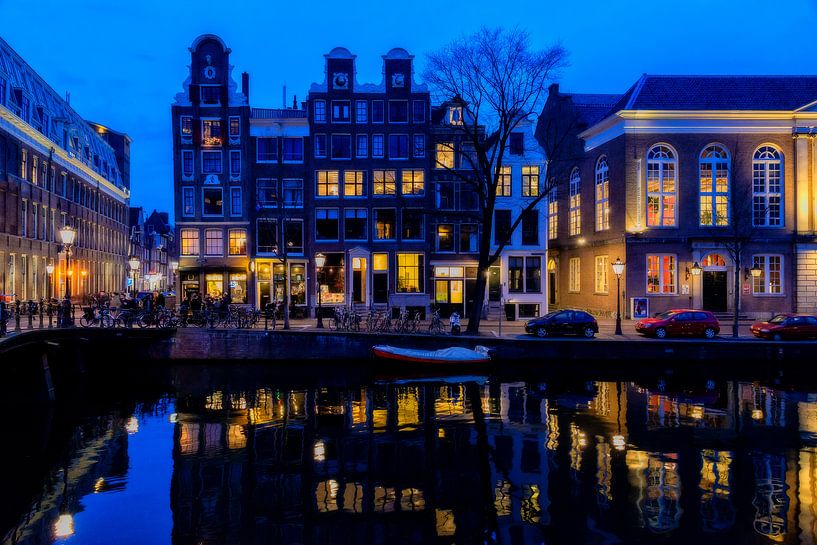


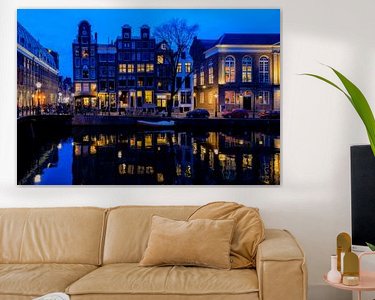


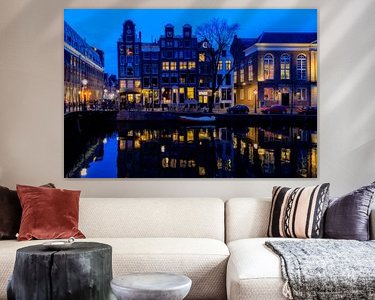
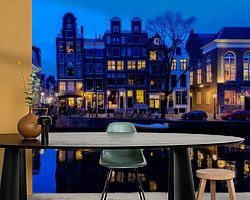
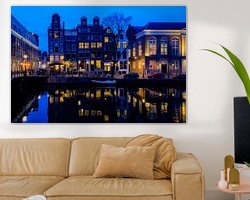

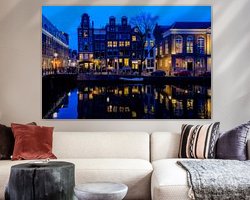

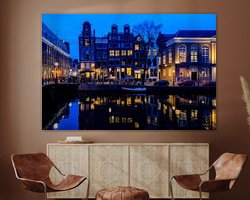
 Amsterdam
Amsterdam Canal house
Canal house Canals
Canals City centre of Amsterdam
City centre of Amsterdam Photo wallpaper
Photo wallpaper Photography
Photography Romantic Moments
Romantic Moments Serene Peace
Serene Peace









